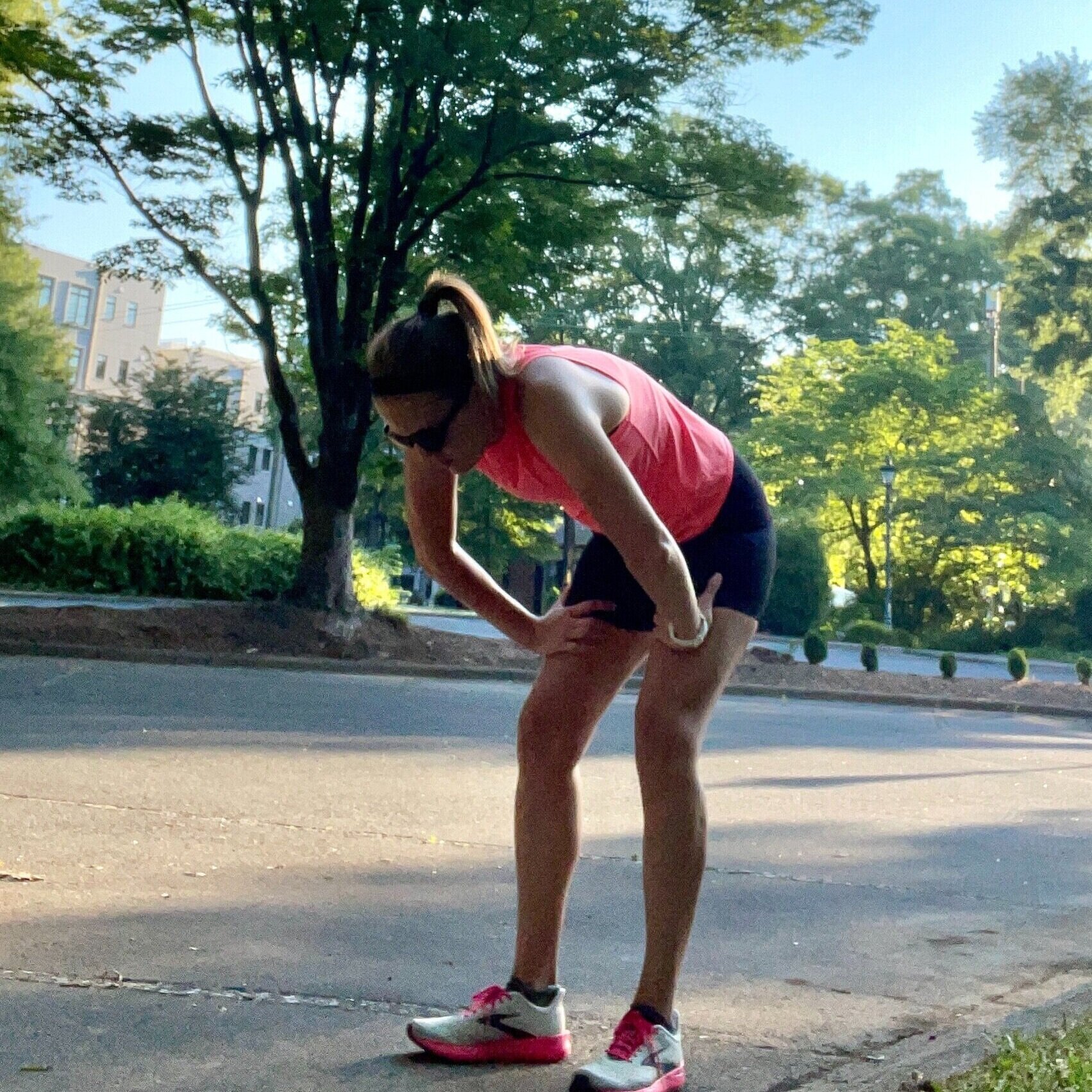Not That Easy, Not That Hard
Have you found yourself slipping into the routine of running the same distances at pretty much the same speed, day after day? Your pace isn’t easy, but it’s not exactly hard, either?
If so, you’re not alone. With most races canceled over the past year and new stressors thrust upon us, many runners have fallen into a sort of “pandemic rut,” myself included. These days, it often feels like victory to just get out the door.
Does it Matter?
Over the short term, there’s nothing wrong with this approach to running, especially if you’re just trying to maintain base mileage - or your sanity.
Personally, I’ve given myself a lot of grace on the running front this year. I’ve temporarily set my big goals aside, and have instead turned to running for stress relief, fresh air, and pleasure. I don’t pay much attention to my pace, so I often end up running in that gray area. And that’s ok! Sometimes, this is exactly what we need.
However, this isn’t a very effective way to gain fitness or hit PRs, and such an approach may to eventually lead to burn out.
Why? Running on the edge of “not that easy/not that hard” doesn’t push your body to adapt and get faster, and it also doesn’t allow you to properly recover. Especially when your overall stress levels are high (see: global pandemic). In this sense, it can be the worst of both worlds. Over the longer term, this isn’t an optimal approach to training. For the record, neither is trying to hit race pace on most of your runs, or giving an all-out effort every time.
Effective Training
To get faster and achieve new PRs, many endurance runners actually need to slow down on the majority of their training runs. That’s because speed and other fitness gains (adaptations) are the result of the right combination of stress/stimuli (hard) and recovery (easy).
For new marathoners, this can mean that 80% of your training plan is prescribed at an easy or recovery pace. And that often requires slowing down to actually keep your easy days easy. In simple terms, this allows you to safely build up your aerobic fitness while also recovering properly. The “hard” 20% of your training should be just that.
Many runners struggle with this concept and resist it at first, but I encourage them to trust the process. As my past athletes can attest, it really does work!
It’s important to note that every runner is unique in exactly how much recovery they need, how they respond to hard workouts, etc. As a coach, this is why it’s so important that I get to know you as an individual, both inside and outside of running. To build the best personalized training plan for each athlete, I use the principles of progressive overload and periodized training, and I aim to account for certain lifestyle and personal factors that can affect performance and recovery.
Climbing out of the Rut
If you’re ready to get back to purposeful training, a running coach is a great resource. Not quite there, but want to start climbing out of your rut? Try adding in some basic speed work in once a week, while dialing back to a true “easy” pace on a few other weekly runs. One of my favorite simple workouts to ease back into the “hard”: 10 x 1 minute hard effort/1 minute easy effort.
There’s a lot that goes into coaching and helping athletes reach their goals. But regardless of your level, keeping the easy days easy and the hard days hard can help you thrive on the run.


